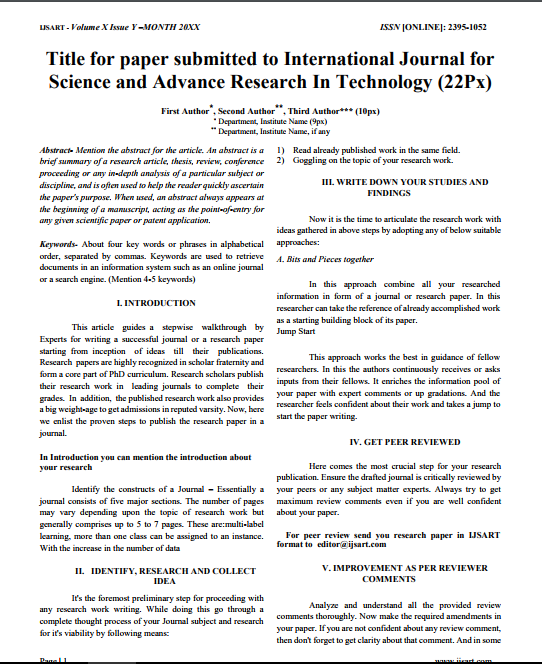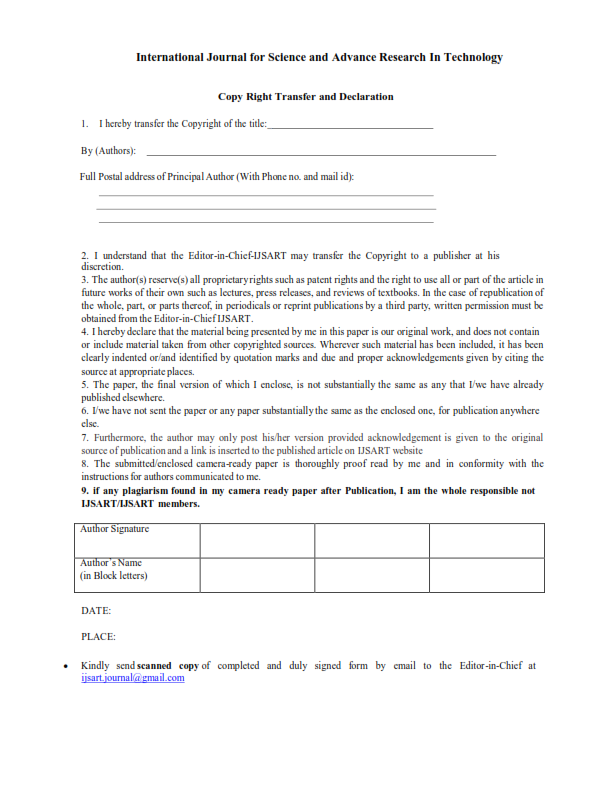SEISMIC DESIGN METHOD FOR RAILWAY STRUCTURES |
Author(s): |
| Mr. Niteen Nandkishor Chavan |
Keywords: |
Abstract |
|
The design and detailing of rail viaducts for high seismic loads presents several unique challenges that are often not covered adequately by codes of practice. For instance, designers must consider the impact of the natural frequency of the structure on the safety of the train itself. The following paper outlines a practical design approach for designing typical long, multiple span, simply supported concrete viaducts for seismic events. It considers a staged design approach where the safety of the train can be guaranteed under a so-called Level 1 earthquake and the safety of the viaduct structure is checked under a higher Level 2 earthquake. The paper provides a detailed insight into the benefits of using a push over method that accounts for the ductility of the viaduct piers over a more standard force-based approach. this study proposes an approach for developing seismic fragility models based on elastic net regularized logistic regression and applies it to railway bridge classes. Railway bridge class fragilities are not available in the literature despite recorded evidence of earthquake damage to railway bridges. The introduction of elastic net regularization helps in selecting the best set of predictor variables for fragility modeling even if they are mutually correlated. The proposed fragility models are compared to their corresponding highway bridge counterparts, given that current practice in regional risk assessment recommends adopting these as proxies for railway bridge fragility. The analysis reveals that multi span simply supported Railway Bridge, the most common bridge class, and show lower fragility than their corresponding highway bridge counterparts. |
Other Details |
|
Paper ID: IJSARTV Published in: Volume : 7, Issue : 8 Publication Date: 8/2/2021 |
Article Preview |
|
Download Article |


